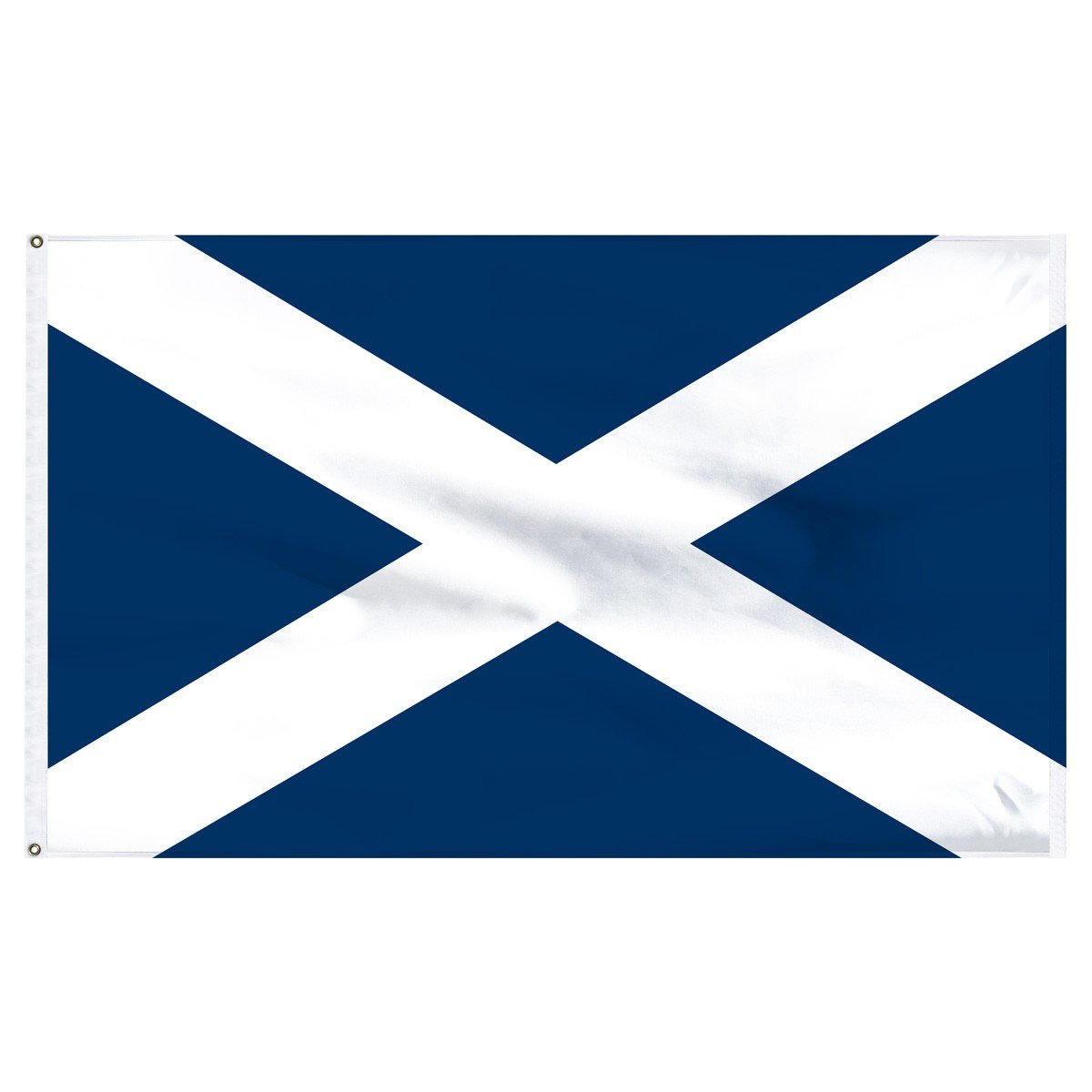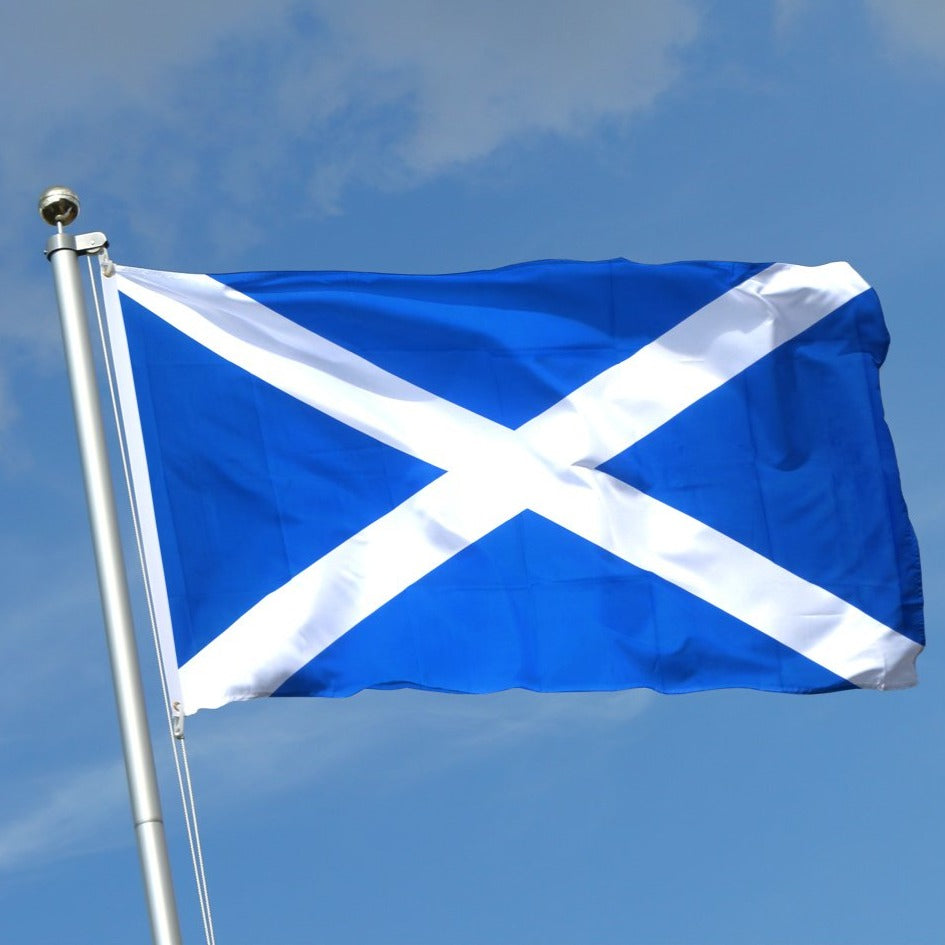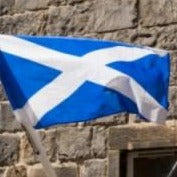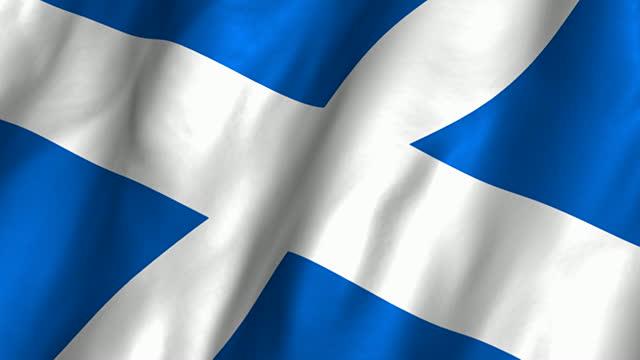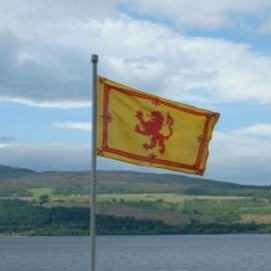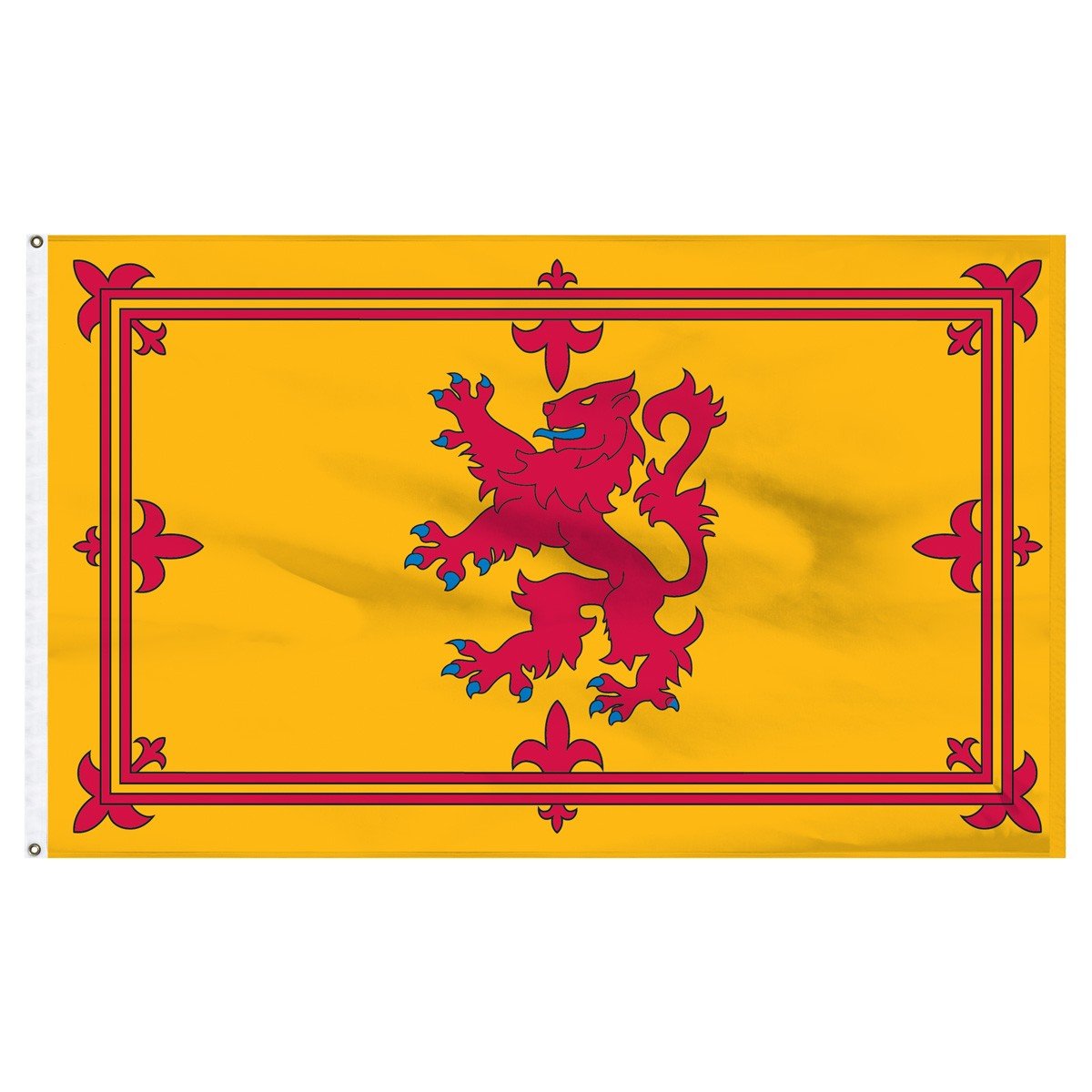Gallery at Studio Burke DC
NEW | Scotland Flag | New Flags to be flown | St Andrew Cross Flag | The Saltire / Saint Andrew's Cross | Premium Quality Scottish Flags made in America
NEW | Scotland Flag | New Flags to be flown | St Andrew Cross Flag | The Saltire / Saint Andrew's Cross | Premium Quality Scottish Flags made in America
Couldn't load pickup availability
Scotland Flags | The Saltire / Saint Andrew Cross | Premium Quality Scottish Flags made in America
- Our Scottish Flags are of the finest quality, hand produced in America
- Each Flags Measuring: 3 feet by 5 feet up to 6 feet by 10 feet
- Manufactured with premium heavyweight, US-made nylon
- Brilliant, durable colours
- Canvas Heading with two solid brass grommets
- Ideal for exterior and interior use
- Beautifully made. Truly fine quality.
- 3 feet by 5 feet $60.00
- 4 feet by 6 feet $90.00
- 5 feet by 8 feet $120.00
- 6 feet by 10 feet $220.00
Scotland has two flags. The first Scottish Flag is the Saltire. The Saltire is a blue flag with a white cross of Saint Andrew. The second flag is the Lion Rampart, properly known as Rampant. Rampant is a gold flag with a red lion standing on it's rear legs.

This National Flag of Scotland is the officially recognized flag that is flown on public buildings and carried by Scottish teams in international competitions. The Saltire is the first Scottish flag. It is a white cross on a blue background, with the cross going from corner to corner. It is also known as St Andrews Cross.
The Saltire forms part of the 'Union Jack', the National Flag of the United Kingdom of Great Britain and Northern Ireland, but in that instance, the blue is slightly darker.
The Lion Rampant / The Royal Standard of Scotland / The Coat of Arms is a flag that was only flown when the monarch was present.
St Andrew was one of the twelve disciples of the Lord Jesus Christ, and it is believed that he too was crucified. The story goes that the Romans were threatened by Andrew, as they said he was spreading wrong ideas among the people, so they decided to crucify him. Andrew apparently did not feel he was good enough for that so asked for a different cross than Jesus. The cross was in the shape of an X which became the shape on the flag.
His fame had grown and grown, even after his death. It is believed that Andrew was buried in Patrae in Greece and the story is told that 400 years after his death the Emperor Constantine decided that this little part of Greece was not a suitable place for the ’bones’ of such a great saint. Saint Andrew’s remains were taken to the capital Constantinople, the greatest city in the world at that time.
The keeper of St Andrew's remains apparently had a dream and followed the instructions in the dream and traveled eventually to Caledonia (or Scotland) where they are said to have buried St Andrew beneath the alter in the newly established church. The simple church building was later replaced with a cathedral.
The burial of St Andrew in Fife was a great source of pride for ancient Scots. The legend goes on to say how when the Picts were fighting the Anglo-Saxons, King Angus had a dream on the eve of a battle that St Andrew appeared to him carrying his cross. Others say that a 'saltire cross' appeared in the sky. The king vowed that if, with the saint's help, he gained the victory, then Andrew would thereafter be the patron saint of Scotland and his cross the flag of Scotland. Angus did win and the Saltire duly became the national flag, and St Andrew at that point became the patron saint, protecting the Scots.
Share
